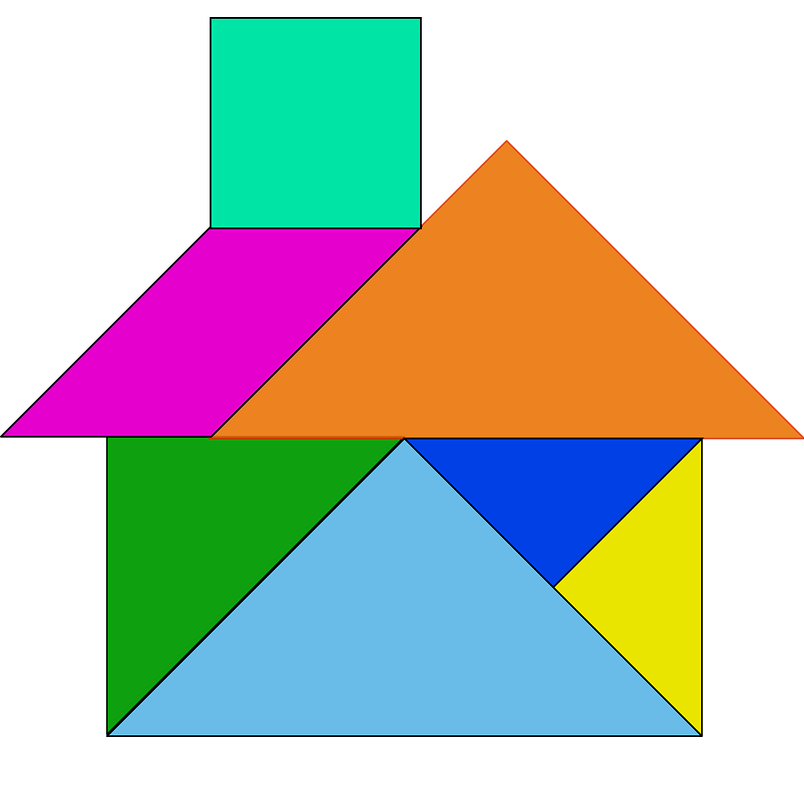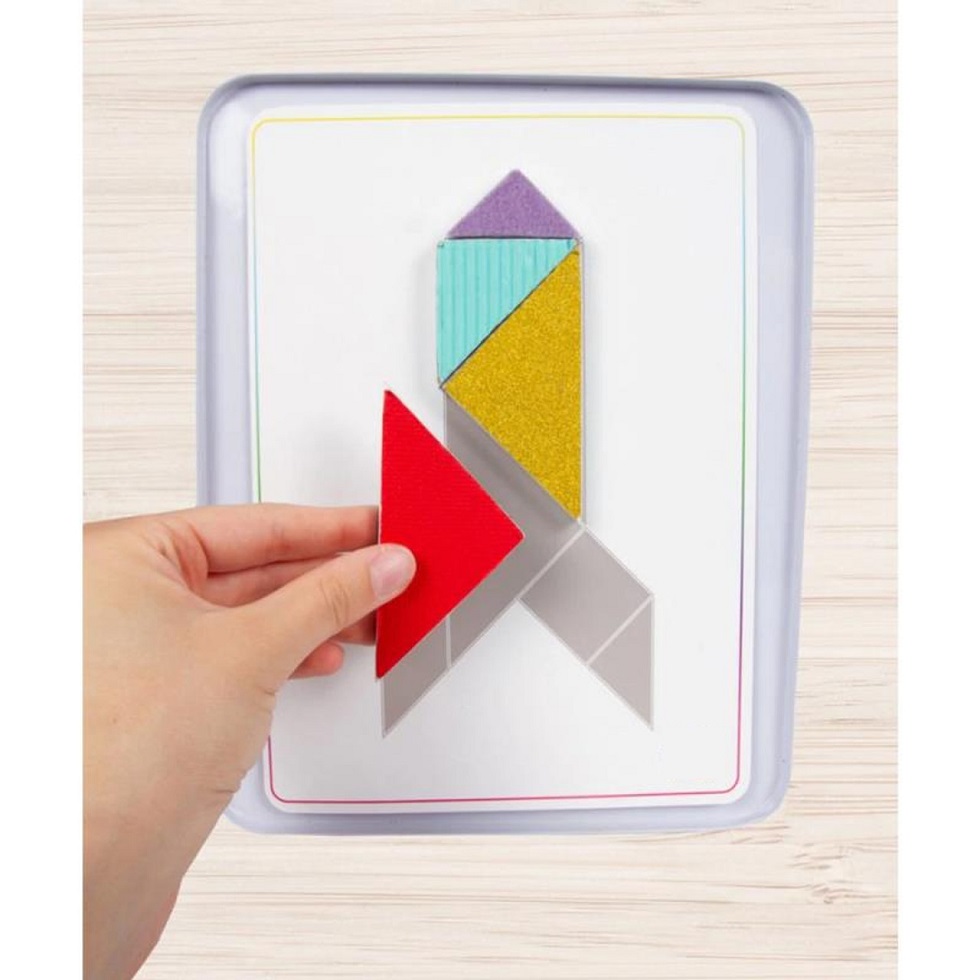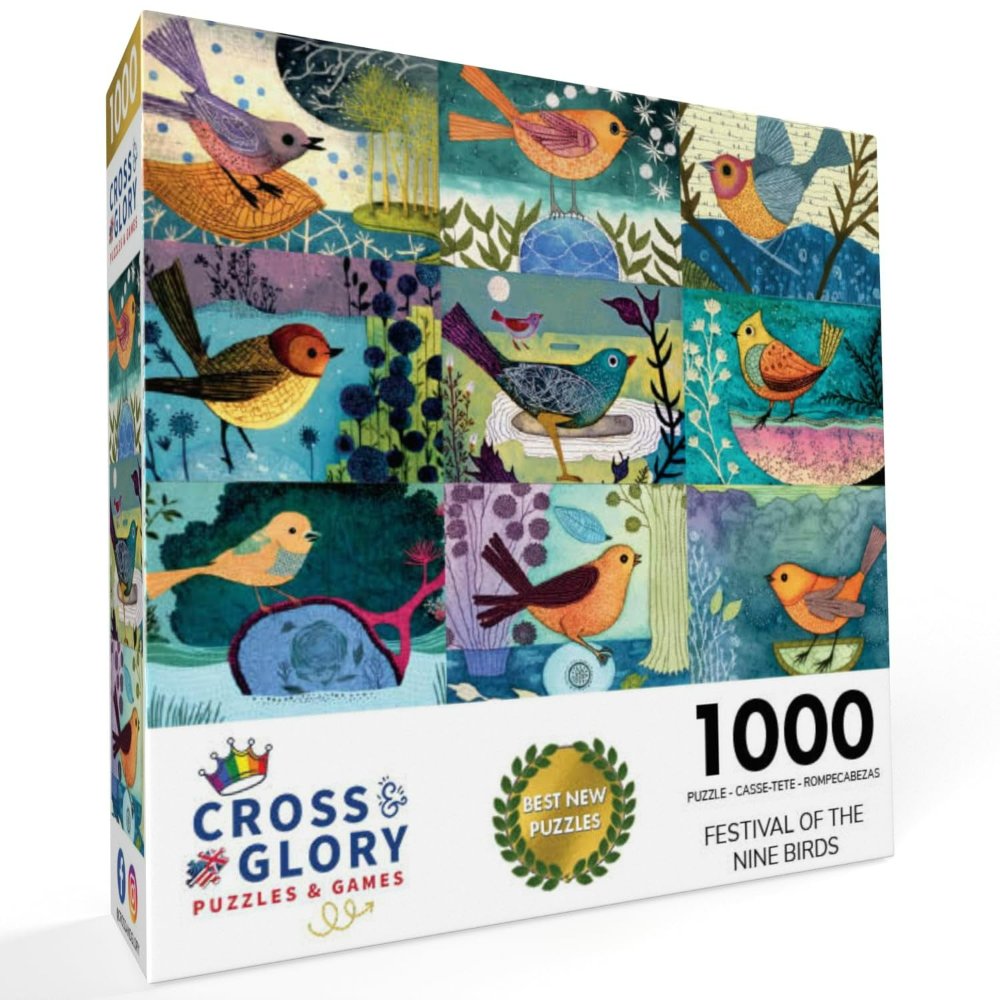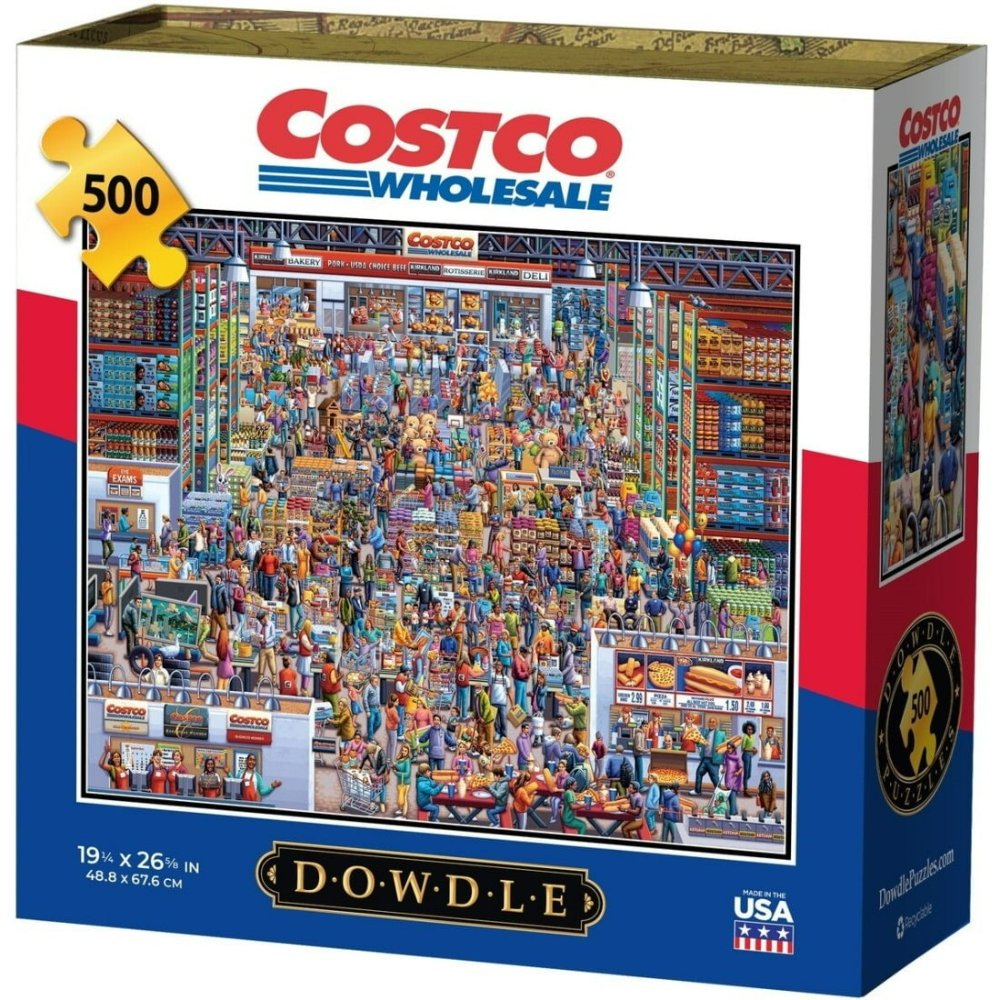Tangrams have a rich history and are widely appreciated for their ability to foster creativity and problem-solving skills. This ancient Chinese puzzle consists of seven geometric pieces, known as tans, that can be arranged in various ways to create different shapes and figures. Using a tangram template can enhance your understanding of geometry and spatial relationships. In this article, we will explore the concept of tangram templates, their uses, and how they can be incorporated into various educational settings.

Understanding Tangrams
Tangrams originated in China around the 19th century. They quickly spread to Europe and the rest of the world. The beauty of tangrams lies in their simplicity. With only seven pieces, they provide countless possibilities for arrangement. Each tan can be classified as a triangle, a square, or a parallelogram. Together, these shapes can form animals, people, and countless other objects.
The core of the tangram is its seven pieces. These are the large triangle, two medium triangles, two small triangles, a square, and a parallelogram. Each piece has its own unique angle and edge length. This variety makes tangrams not just a fun activity but also a great educational tool. They teach concepts related to shape recognition, geometry, and visual perception.
The Role of a Tangram Template
A tangram template serves as a starting point for users to create their own designs. Instead of piecing together shapes randomly, a template gives structure. Students and designers can use templates to practice specific configurations. They can trace over them to learn how shapes fit together.
Templates can vary in complexity. Some are simple outlines that help beginners understand basic configurations. Others are intricate designs that challenge advanced users. By using a tangram template, individuals can work systematically to develop their understanding. This gradual progression helps in building confidence.
Educational Applications
Tangram templates have significant educational benefits. Many teachers use them in classrooms to promote creativity and critical thinking among students. For example, a teacher may use a tangram template during geometry lessons. Students can gain hands-on experience with shapes and angles while matching the tans to the template.
Using tangrams in education can also enhance fine motor skills. Students manipulate pieces to fit them into the right spots. This physical activity encourages coordination and dexterity. Additionally, it engages different learning styles. Visual learners benefit from seeing shapes and configurations while kinesthetic learners get to engage with the pieces.
Incorporating Tangrams into Lesson Plans
Incorporating tangrams into lesson plans is straightforward. Teachers can introduce a tangram template during geometry lessons. They can explain how each shape contributes to the overall design. Next, they can allow students to work in small groups. This encourages collaboration and teamwork.
Teachers can also extend this activity to include storytelling. Once students complete their tangram designs, they can create a story around it. For example, if a student creates a duck, they can narrate a story about the duck’s adventures. This adds a creative writing element to the lesson plan.
Tangram Templates for Creativity
Tangram templates are not just limited to educational purposes. Artists, designers, and even hobbyists use them to explore their creative potential. These templates offer a structured way to experiment with composition and balance. Artists can challenge themselves by working off a template and creating unique variations.
The creative possibilities with tangrams are endless. They can be used to make intricate designs, abstract art, or even simple decorations. By layering pieces in different colors, artists can produce stunning visuals. This creativity can be immensely fulfilling.
Ways to Use Tangram Templates Creatively
Creative individuals can use tangram templates in various ways. For example, they may begin by tracing a template onto paper. This basic step creates a foundation for further artistic expression. After tracing, they can paint or color the shapes in different hues. This adds depth and dimension to the piece.
Another option is to work in mixed media. Artists can combine tangram templates with different materials like fabric, wood, or clay. This hands-on approach adds a tactile element to the work. The result can be anything from sculptures to home decor.
Lastly, artists can even explore digital mediums. Software applications allow users to manipulate tangram shapes on a screen. This opens up a world of possibilities for virtual designs. Artists can experiment quickly and make changes easily.
Creating Custom Tangram Templates
Creating custom tangram templates can be both fun and educational. Custom templates allow for personalization. Individuals can design templates that resonate with their interests or focus on a specific theme. This adds an element of ownership to the experience.
The process begins with determining shapes and dimensions. Individuals can choose from various shapes or stick to the classic seven tans. Once they’ve selected the shapes, they can draw an outline. Drawing can be done freehand or using software tools.
Steps for Crafting a Tangram Template
Crafting a tangram template involves several steps. First, gather materials such as paper, pencils, and rulers. If using software, choose one that allows geometric drawing. Begin by sketching a square that will serve as the starting point.
Next, divide the square into the seven tangram pieces. Use precise measurements to ensure accuracy. Once the pieces are defined, outline them clearly. The final touch is labeling each piece. This helps users understand which shapes belong to the template.
Once completed, the template can be printed or shared digitally. This allows others to engage with the design. Sharing templates helps promote community engagement and creativity.
Tangrams Beyond the Classroom
The applications of tangram templates extend beyond classroom settings. Families can benefit from tangrams as well. Parents can use them during family game nights or creative sessions at home. This not only brings families together but also fosters learning in a relaxed environment.
Children can interact with tangram templates at a young age. Simple and colorful templates can make learning fun. As their skills progress, they can tackle more complex ones. It helps to cultivate a love for geometry and shapes from a young age.
Family Activities with Tangrams
Families can engage in various activities centered around tangram templates. One enjoyable way is through competition. Family members can race to see who can recreate a specific tangram figure fastest. This adds an element of excitement.
Another approach is storytelling. Each family member can create their own design using the template and narrate a story. Sharing creations can lead to interesting discussions and inspire creativity. Additionally, it serves as a bonding experience.
Parents can also weave concepts from their child’s favorite subjects into tangram activities. For instance, if a child loves animals, parents can create animal-shaped templates. This personal touch can make learning more meaningful.
The Growing Popularity of Tangrams
In recent years, tangrams have gained popularity as a leisure activity. They offer an alternative to screens. More people are recognizing the benefits of hands-on, engaging activities. Tangrams provide a break from technology while fostering creativity and problem-solving.
Many companies now produce tangram kits that are easily accessible. These kits often come with multiple templates and a variety of colors. This makes it easy for beginners to get started.
Why Tangrams Are Enduring
The enduring appeal of tangrams can be attributed to their versatility. They are suitable for all age groups, making them an inclusive activity. Adults can enjoy tangrams as a form of relaxation or stress relief. Meanwhile, children can benefit from the cognitive lessons that tangrams impart.
Moreover, tangrams are easy to transport. Whether at home or on the go, they require minimal space and materials. This means they can be brought along on trips or to social gatherings. Families can enjoy tangrams anywhere.
Lastly, their educational aspects still hold significant importance. Schools, after-school programs, and even summer camps utilize tangram templates. The combination of fun and learning keeps students engaged. This is why tangrams have stood the test of time.
Conclusion: The Future of Tangram Templates
The future of tangram templates looks bright. The versatility and applicability of tangrams in various settings will ensure their continued popularity. As technology progresses, we can expect to see even more innovative uses. For instance, augmented reality could create immersive tangram experiences.
Moreover, collaboration among educators and artists can lead to new templates and designs. This will keep the activity fresh and exciting. Social platforms may also contribute by providing spaces for sharing custom templates.
In conclusion, tangram templates hold immense potential. They enrich educational experiences while encouraging creativity. Their simplicity helps engage people of all ages. Thus, tangrams are not just puzzles but tools for growth, learning, and creativity.




